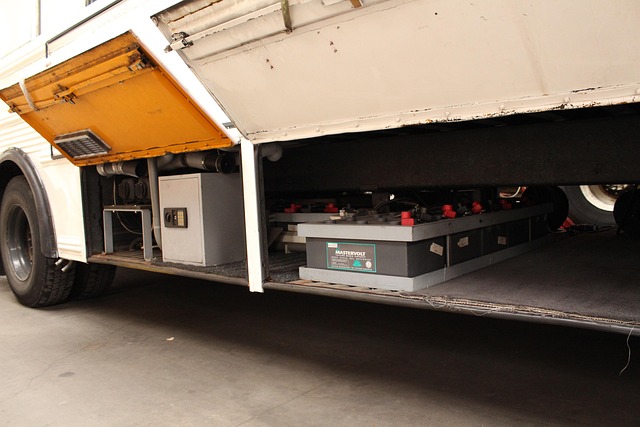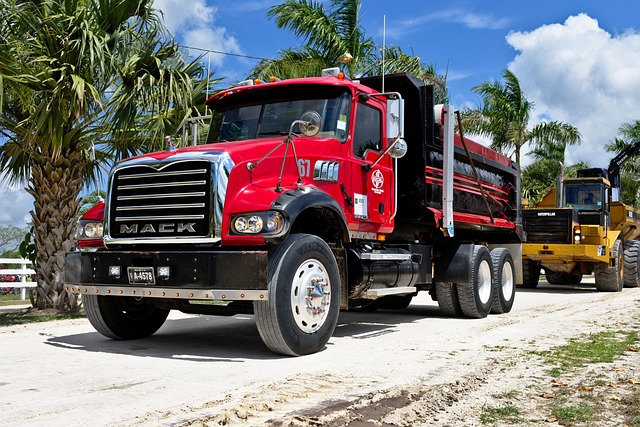Looking to register your car in California? This comprehensive guide breaks down the process step-by-step, from understanding crucial requirements to securing your license plate. We’ll walk you through gathering essential documents, visiting the DMV, verifying your Vehicle Identification Number (VIN) using a trusted DMV VIN verifier, and paying registration fees. Get ready to navigate California’s car registration process with ease!
- Understand California Car Registration Requirements
- Gather Necessary Documents for Car Registration
- Visit the DMV: Steps to Register Your Vehicle
- Verify VIN: Using a Trusted DMV Vin Verifier
- Pay Registration Fees and Receive Your License Plate
Understand California Car Registration Requirements

Before registering your car in California, it’s crucial to understand the state’s specific requirements. The California Department of Motor Vehicles (DMV) mandates several key steps for new and used vehicle registration. One essential aspect is verifying the Vehicle Identification Number (VIN). This unique 17-character code serves as a fingerprint for your car and can be checked through a DMV VIN verifier or a mobile vin verification service to ensure the vehicle’s history and authenticity.
Additionally, you’ll need original documents such as the title, registration certificate, proof of insurance, and valid identification with a signature matching the title. If importing a vehicle, an odometer reading and a smog inspection (where required) are also necessary. A mobile vin inspection can be particularly convenient for busy individuals or those in remote areas, allowing them to complete these verifications without visiting a DMV office.
Gather Necessary Documents for Car Registration

Before you begin the registration process, it’s crucial to gather all the essential documents required by the California Department of Motor Vehicles (DMV). This includes your vehicle’s registration from the previous state, a valid driver’s license, proof of insurance, and identification documents such as a passport or state-issued ID. Additionally, you’ll need the Vehicle Identification Number (VIN) from your car, which can be easily verified using a mobile vin verifier or through an online check by visiting the DMV’s website. A recent vehicle inspection report is also necessary to ensure your car meets safety and emissions standards.
For added convenience, many people opt for a mobile vin verification service. This allows you to obtain a VIN inspection remotely, saving time and effort. It’s especially beneficial if you’re dealing with a new purchase or transferring registration outside of regular business hours. By ensuring all these documents are ready, you’ll streamline the car registration process in California.
Visit the DMV: Steps to Register Your Vehicle

To register your car in California, start by visiting a nearby Department of Motor Vehicles (DMV) office. The process is straightforward and typically involves several key steps. First, you’ll need to bring all necessary documents, including proof of ownership, identification, and any required registration fees. At the DMV, you’ll complete an application for vehicle registration, providing details about your car, such as its make, model, year, and unique Vehicle Identification Number (VIN). The VIN is a crucial piece of information used for verification and tracking purposes.
Once your application is submitted, a DMV representative will perform a VIN inspection to ensure the vehicle’s identity matches the provided records. This step often includes a mobile VIN verification process, where they use specialized tools to cross-reference the VIN data with state databases. After successfully passing this inspection, you’ll be issued a registration certificate and license plates for your vehicle.
Verify VIN: Using a Trusted DMV Vin Verifier

Before proceeding with the registration process, it’s crucial to verify your vehicle’s VIN (Vehicle Identification Number) using a trusted DMV VIN verifier. This step ensures accuracy and helps avoid potential issues down the line. Many online tools and mobile vin verifiers are available, offering quick and reliable VIN inspections. These services cross-check the VIN against state databases to confirm the vehicle’s identity, history, and any outstanding issues.
A reputable mobile vin inspection service can be particularly handy for busy individuals who prefer a more convenient approach. By utilizing these modern tools, you can save time and ensure that your car’s registration is based on precise and up-to-date information, making the overall process smoother and less stressful.
Pay Registration Fees and Receive Your License Plate

After completing your vehicle’s registration application at the California DMV (Department of Motor Vehicles), it’s time to pay the required fees. This includes both the registration fee and a vehicle identification number (VIN) verification fee, which ensures that your car matches the details on record. You can typically pay these fees online or in person at any DMV field office. Once processed, you’ll receive your license plate, often delivered through mail or sometimes available for immediate pickup.
For a smoother process, consider utilizing a mobile VIN verifier, allowing you to conduct a VIN inspection from the convenience of your home or garage. This service cross-references your vehicle’s VIN with state records, confirming its details and status before you finalize registration. It’s an extra step that can save time and potential headaches down the road.
Registering a car in California is a straightforward process that involves understanding specific requirements, gathering essential documents, and visiting a DMV office. By following these steps, including verifying your Vehicle Identification Number (VIN) using a trusted DMV VIN verifier, you can ensure a smooth registration experience. Remember to pay the necessary fees and obtain your license plate to legally operate your vehicle on California roads.
